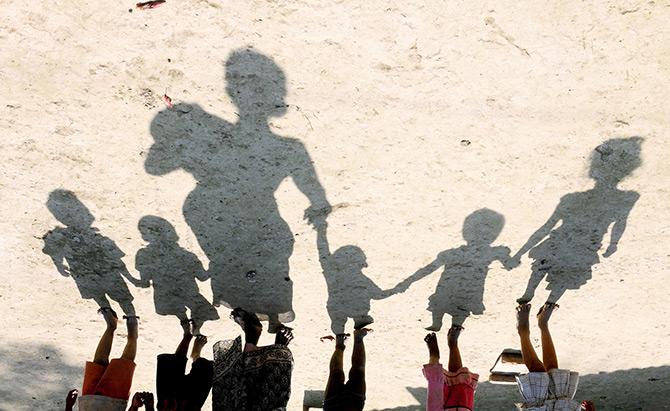
The features of the Sustainable Development Goals are significantly different from the MDGs, even though a number of goals from the Millennium Development Goals program were retained. Indeed, the most striking feature of the SDGs is that they are more comprehensive than the MDGs – an increase from eight to 17 goals. Also, because sustainable development features prominently in the agenda, it follows that there are more issues in the SDGs that have a close kinship to economic, social and environment challenges.
In addition, Goal 16 is all-encompassing and relevant to all elements of the agenda. It is also important in responding to challenges related to accountability, governance, genuine public participation, rule of law and strengthening institutions at all levels. However, this is not suggesting that the goals are exclusive of one another, where in fact each goal reinforces and complements the others.
The SDGs cover a wide and detailed spectrum of challenges and commitments that need to be addressed and implemented by all countries, both developed and developing, to address the root causes of the obstacles to sustainable development. Indeed, the list of goals represents the current situation, challenges and partnership that we, the people of the world, need to work in concert on in a relatively short time span to ensure that poverty, in particular extreme poverty, is eradicated; welfare and development can be equally shared; and the environment can be conserved in a sustainable manner. Granted, the SDGs are a huge and ambitious agenda, but are necessary to create the world we want.
Heart and soul
The Post-2015 Development Agenda is an important landmark within an era of development. It is an agenda intended to instigate sustained and inclusive economic growth in all countries, in particular in developing countries. It is further intended to ensure that development is taking place through a sustainable and equitable pathway for the continuity of the planet, as well as for future generations.







%20resized.png)
